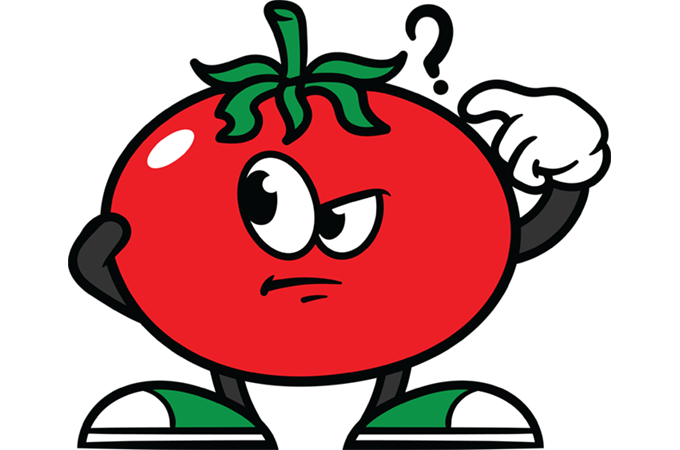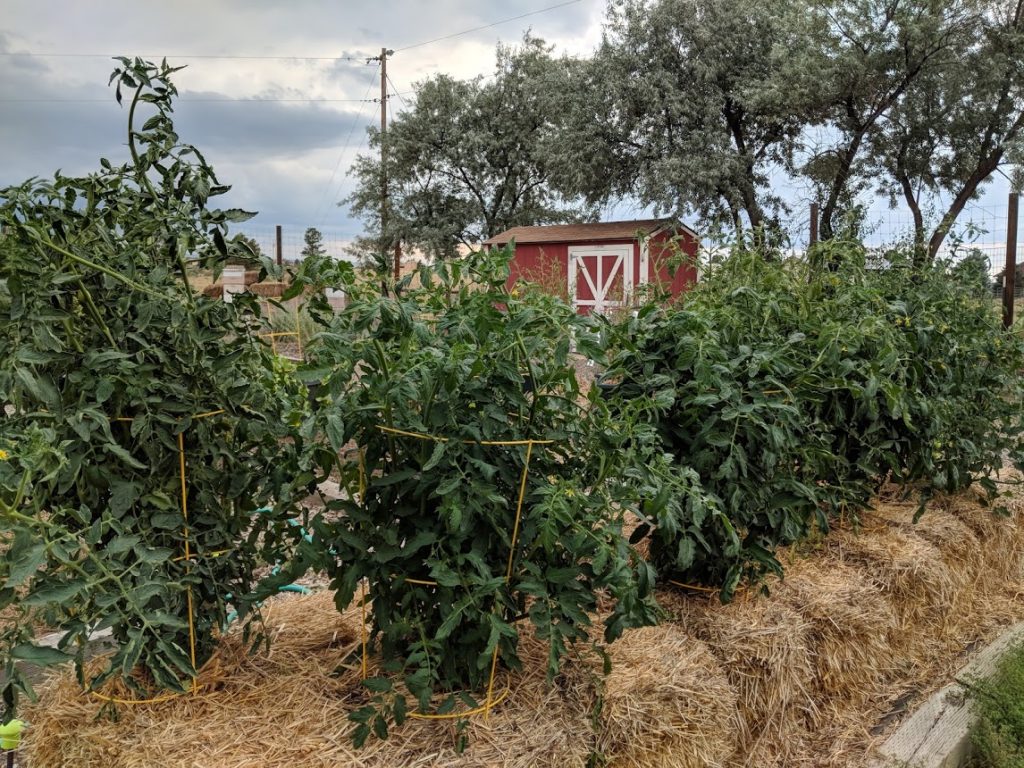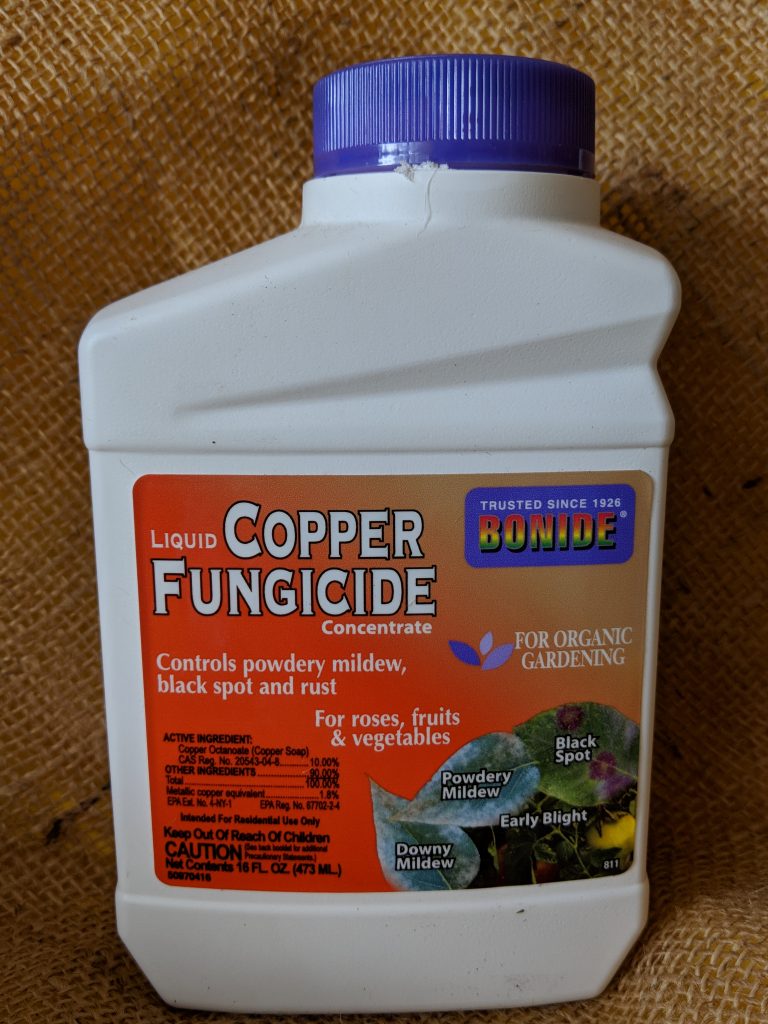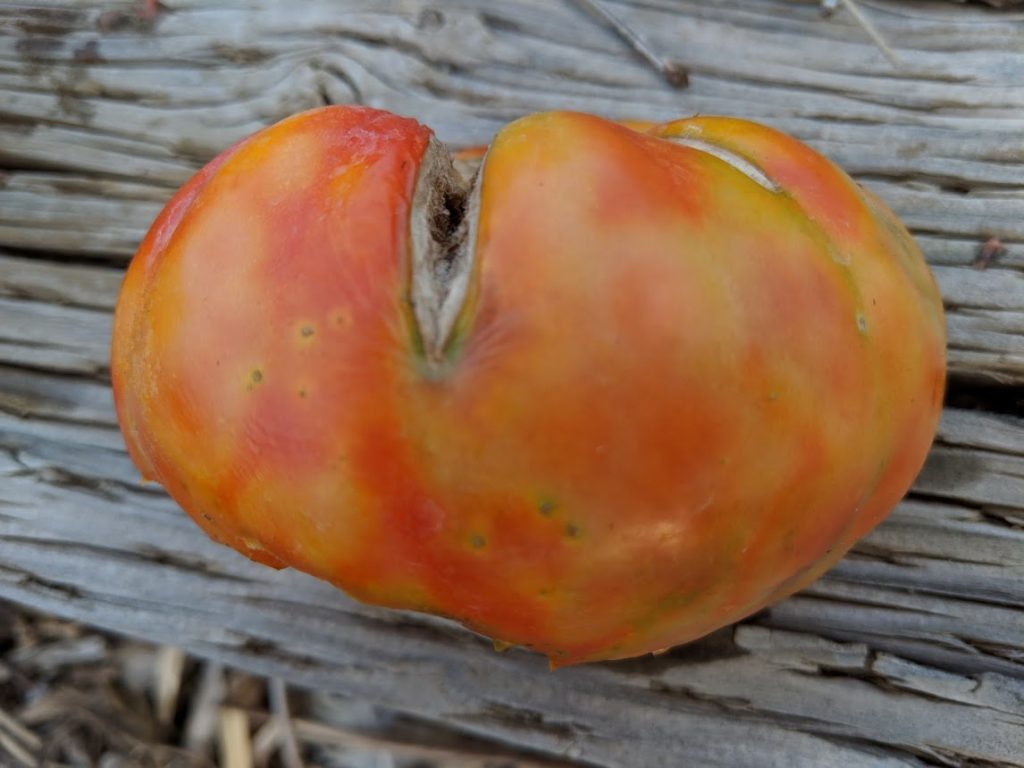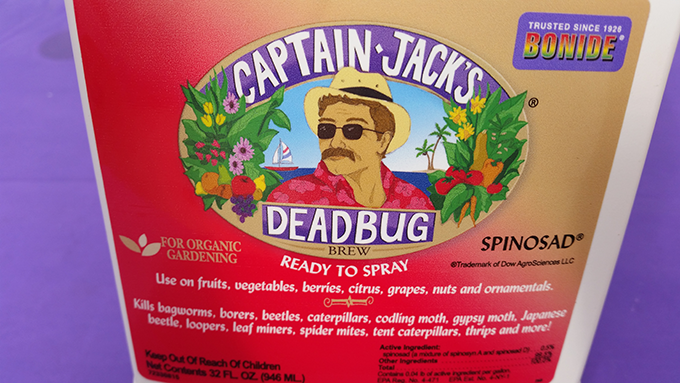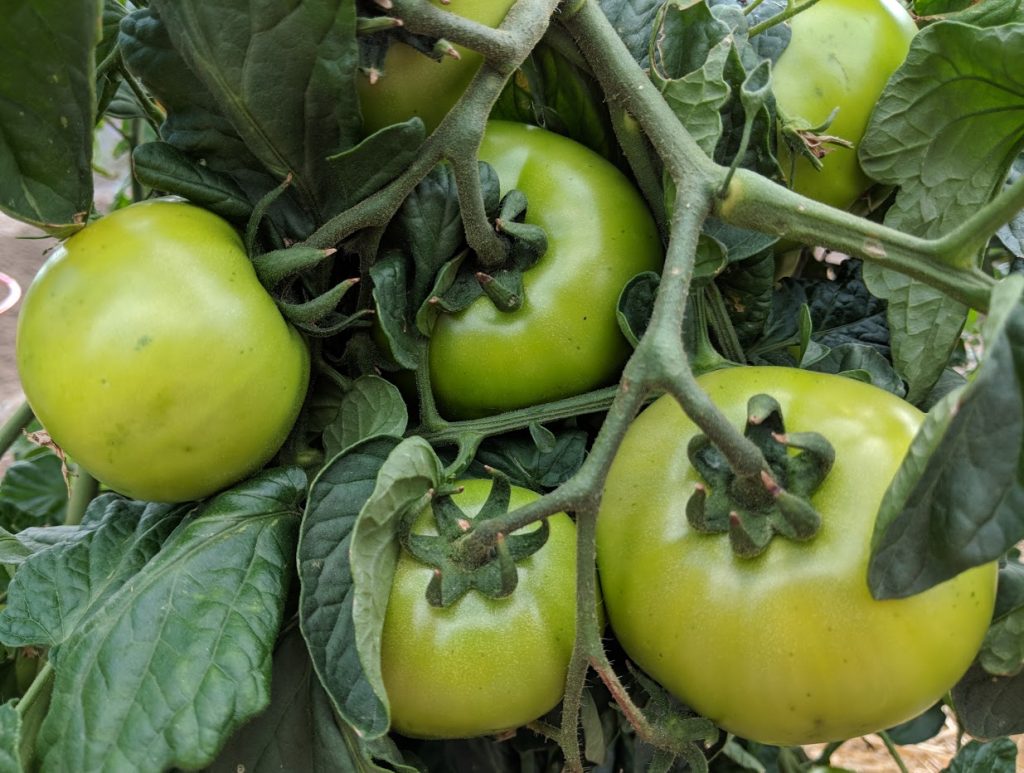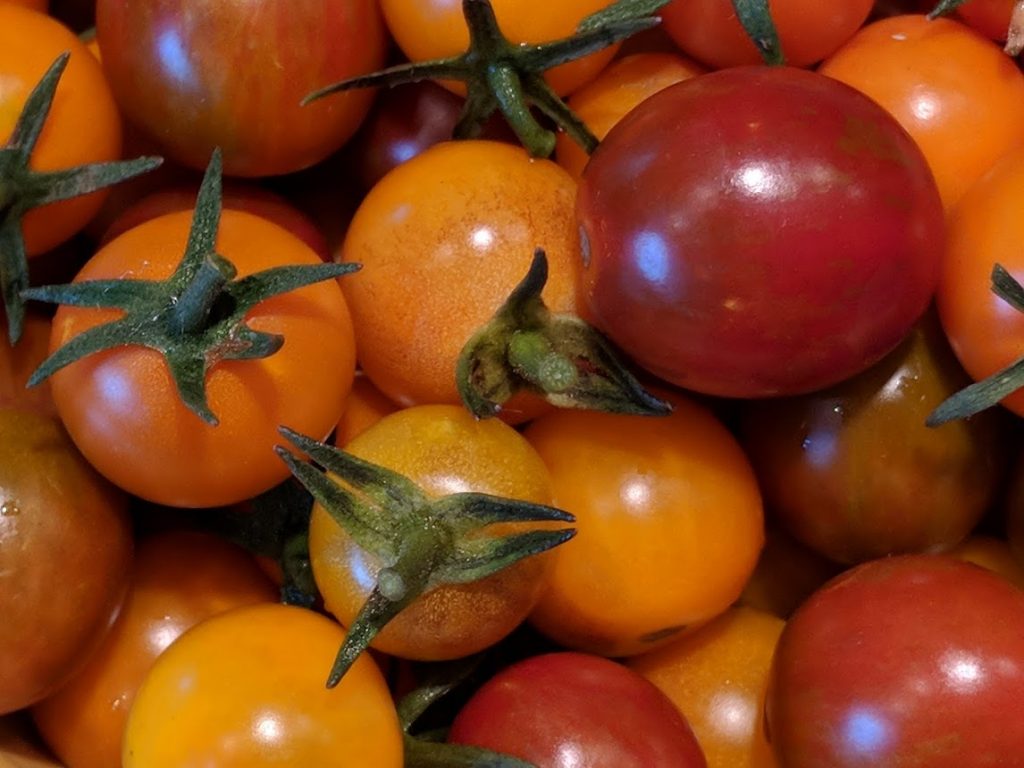It’s been a rough summer for the tomatoes in my garden. Record-setting heat has caused a lot of the problems. With so many weeks of 90 degrees and up, many of the blossoms on my plants failed. The heat damages the pollen and the flower simply drops off, leaving behind these sad, fruitless little stems. Dang!
I’ve shown you this condition before, but perhaps it’s worth repeating. Heat-triggered blossom drop probably explains why so many other gardeners are struggling with tomatoes that haven’t been setting fruit.
And that brings me to my larger observation…
I’m seeing in my own garden… and hearing from many other tomato growers… that their plants’ behavior this summer has been a little confusing.
Linda, one of Tagawa’s Garden Advisors at Dick’s Corner, is a case in point. Linda is a Master Gardener and knows tons about gardening. She planted several beautiful Tagawa tomato seedlings this season. Two of the tomatoes are the exact same variety, growing right next to each other. Same soil. Same weather. Same care. Linda says one of the plants is fine, the other has spent the summer pouting. Go figure.
Which brings me to my garden…
I’ve struggled with my own tomato garden for years… to the point that it’s become a mission to grow a good, plentiful crop. I’ve always assumed it was the soil that was the problem. So what did I do? I moved the plants up… growing eight tomatoes in specially-conditioned bales of straw (which I’ll blog about in the future if I conclude that it’s a good idea.) I also grew eight plants in large (24″) pots with excellent, fresh potting soil.
All of the tomatoes started out quite well, even though they were all losing blossoms because of the heat. The foliage was lush and green and vigorous.
But ‘long about mid-summer…
By early to mid-July… the first signs of trouble. Some of the leaves on both the plants in straw bales and the plants in pots started to show signs of what I thought was a fungus. So I sprayed with copper, an organic fungicide.
It didn’t help. The leaves on several (but not all) of the plants continued to turn yellow and whither.
Then is the midst of my frustration, an “ah ha!” moment: a really gnarly-looking tomato that made the problem all too clear. My plants had tomato spotted wilt virus.
TSWV, as it’s called, is a nasty virus spread by an equally nasty, almost invisible bug called a thrip.
These tiny little bugs are well known to rose growers, who fight the wee beasts routinely. But despite all of my Master Gardener training back when, I’d forgotten that thrips love tomatoes, too.
Thrip damage and TSWV is tricky. It isn’t obvious that something is feeding on the plants. Some of the leaves just begin to look infected, which they are, thanks go the thrips. The first signs of the virus can look like a fungus, which is what I suspected.
My mistake was in assuming I’d figured out the problem, instead of keeping an open mind and investigating other possibilities. For example, I could have taken a sample of my ailing tomatoes to Trish in Tagawa’s Annuals Department. She’s a wizard at detecting thrips.
Thrips may be a particular problem for me because I live on a bit of acreage, complete with standard prairie grasses and weeds. Thrips use weeds as a breeding ground, so it’s just a hop and a skip (or in the thrips’ case a short flight) from the pasture to the tomato plants. Thrips definitely infest plants in suburban gardens, too, but perhaps not as readily… and not for so many years running.
It’s also possible that I’ve been wrong assuming all these years that I had problems with my soil. Maybe it’s been the thrips and the virus they carry all along. I’ll experiment next season and see.
Lesson learned
Knowing that I have thrips, I am now spraying with an organic insecticide called “spinosad.” Tagawa’s sells it in the form of “Captain Jack’s Dead Bug Brew.”
While I avoid using even organic pesticides unless it’s necessary, I’ve decided that next season, I’m going to be more proactive in fighting the thrips early on. Maybe a course or two of Captain Jacks…. or maybe some insecticidal soap… when the plants go in. I need to be lighter on my feet from the beginning. The pasture and its weedy grasses aren’t going away. The thrips aren’t likely to go away. And I’m determined to keep trying until I have a tomato crop I can be proud of.
For now, some of my plants are looking pretty good!
Even though some hot weather still lies ahead, several of my remaining tomato plants look the way they should have looked six weeks ago.
Not all of the plants have recovered, but the five or so that have hold a lot of promise!
I’m also even more convinced than ever that growing some cherry tomatoes as a backup is always a good idea. These smaller tomatoes produce faster, and often “fly under the radar” of problems that plague larger varieties.
Despite the challenges of hot weather and thrips, my Sun Golds and Chocolate Sprinkles are still producing. Yum!
The point is…
The point is, don’t give up!! Tomatoes can be a challenge in Colorado. And a lot of times, it’s hard to tell why one year is a keeper and the next year not so much.
But the folks at Tagawa’s are always here to help in every way we can! Whenever you have questions, bring pictures (especially close-ups) and bagged samples to the good folks at Dick’s Corner.
Remember to keep the labels on your tomato varieties. Knowing which tomato is doing what can be very helpful!
Tagawa’s always has excellent free tomato-growing classes at the beginning of each season. Whatever problems you’ve faced with your tomatoes in the past, odds are you’re not alone! Come and learn from others who’ve faced the same challenges. The more we learn, the more we succeed!
